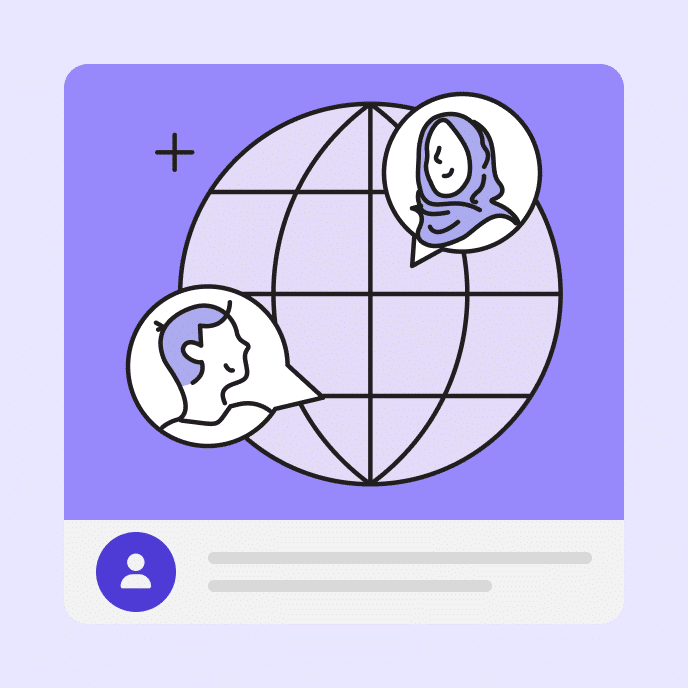What is right-to-left translation?
Right-to-left translation (RTL) is the process of adapting content in left-to-right (LTR) languages like English, Spanish, or French into content for audiences that read and write in RTL languages like Arabic, Hebrew, and Farsi. Far beyond simple language translation, it also adapts the entire layout and design of digital content and ensures that content and visual elements are culturally appropriate for native speakers of the target language.
Example: Our comprehensive right-to-left translation process has been successfully implemented for our middle-eastern and asian partners, enhancing their user experience and increasing productivity.
Why is right-to-left translation important?
While translating content from one left-to-right language into another left-to-right language, like English to French, can be a complicated process, translating content into RTL languages presents even more challenges. Layout mirroring involves flipping content design horizontally so that elements appear in a natural order for RTL language speakers, and bidirectional text handling allows for multilingual sentences that include RTL text with LTR numbers.
In order to effectively communicate, train, and collaborate with international partners, organizations must place emphasis on not just translating content, but implementing a comprehensive localization process. Many use dedicated tools to ensure content is sensitive to colors, symbols, and images that align with the cultural norms and expectations of the target audience.

Related terms
You may also like
Ready to get started with the leading course authoring tools?
Articulate has everything you need to create better workplace training. Start creating for free today.


